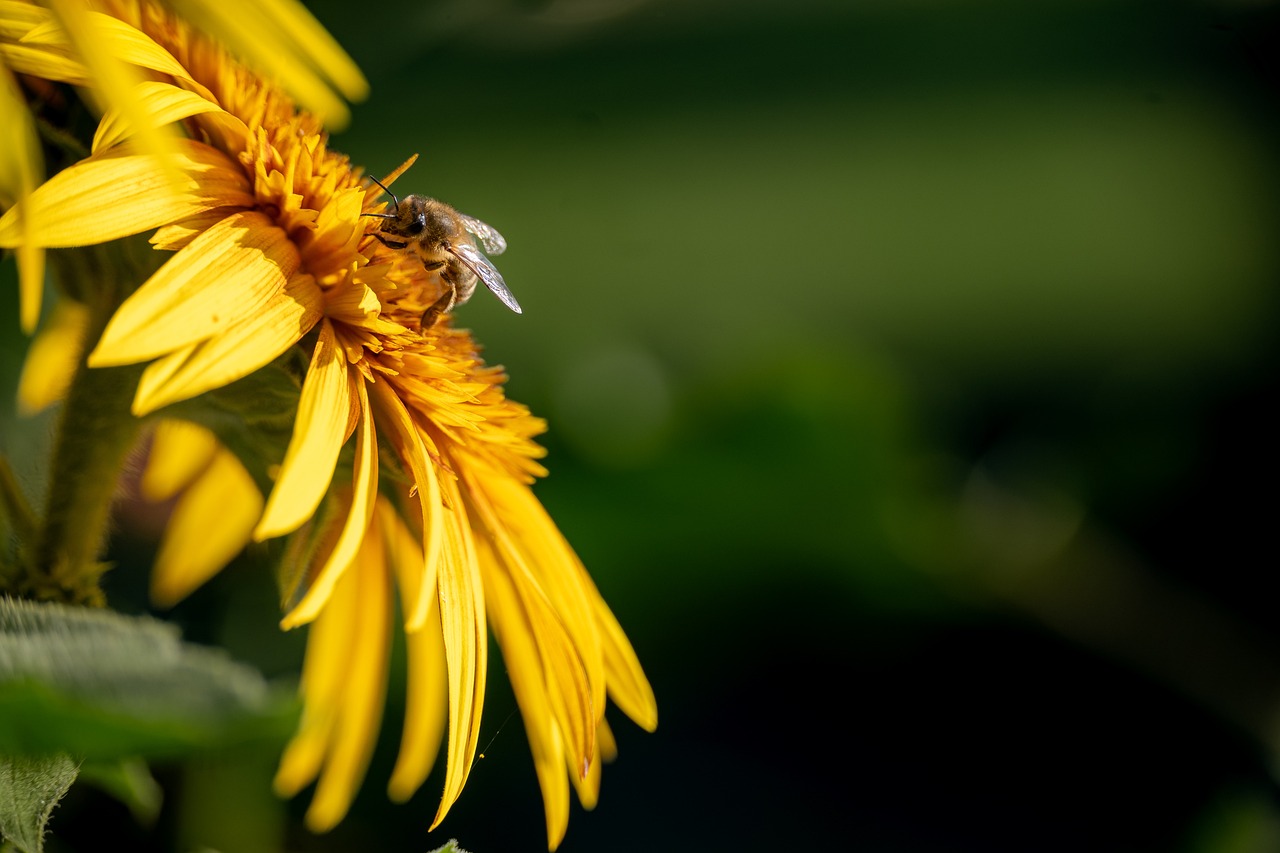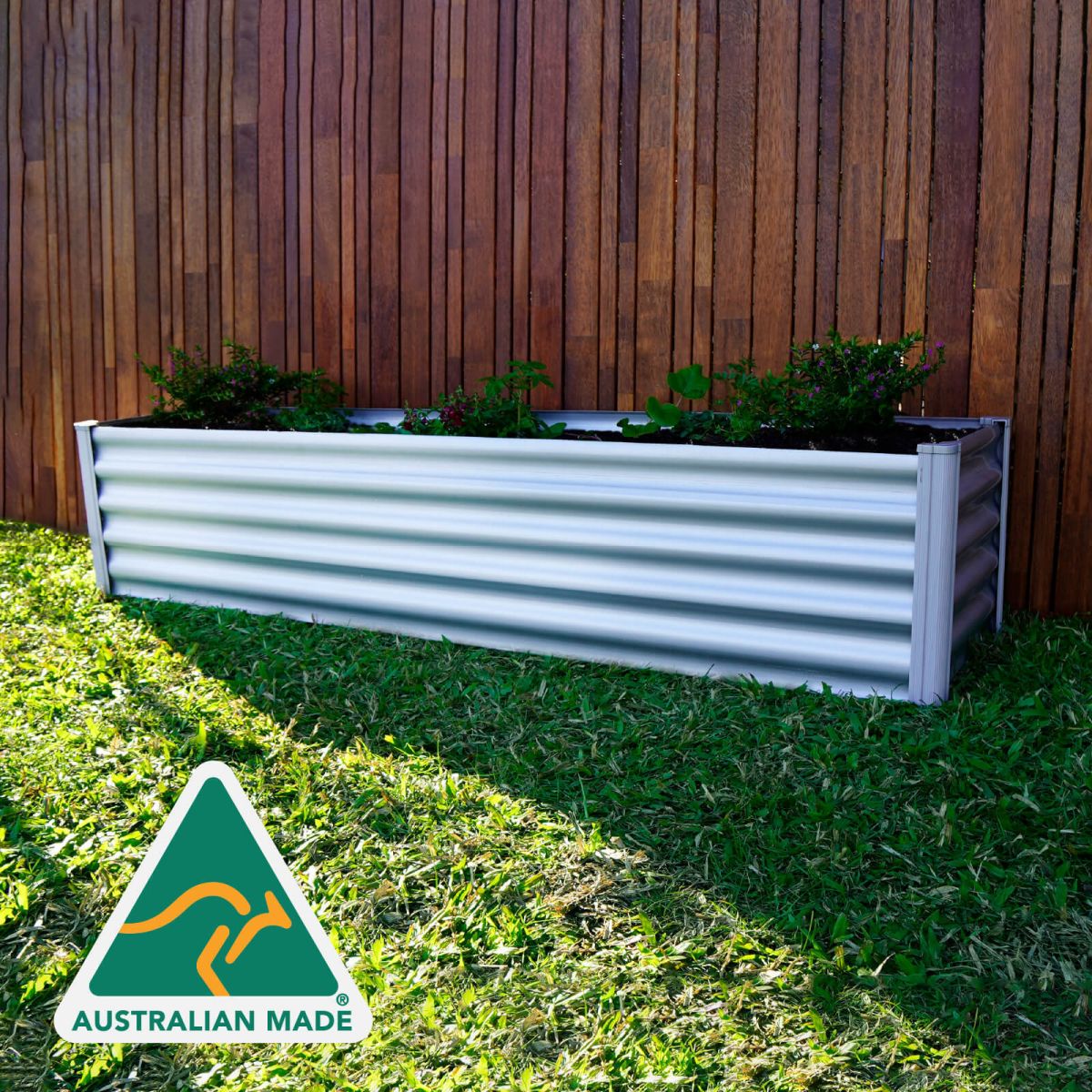Sunflowers are a delightful addition to any garden, known for their bright, cheerful blooms that follow the sun throughout the day. Not only are they stunning to look at, but they’re also incredibly easy to grow, making them a fantastic project for both novice gardeners and seasoned greenthumbs alike.
Whether you’re looking to brighten up your outdoor space or want to involve your kids in gardening, learning how to grow sunflowers from seed is a fun and rewarding experience. Here, we’ll guide you through everything you need to know, from preparing your garden bed to harvesting sunflower seeds, ensuring your sunflowers thrive in any setting—even a raised garden bed!

If you’re planning to grow sunflowers, preparation is key to success. Sunflowers are hardy but thrive when given the right start. Here’s what you’ll need to ensure your sunflower-growing adventure is a success:
Now that you have all the essentials let’s dive into how to grow these stunning flowers!

Sunflowers are among the easiest flowers to grow, making them ideal for beginners or children. Follow these steps to grow healthy, vibrant sunflowers:
Following these steps will reward you with towering, vibrant sunflowers that add beauty to your garden. Don’t forget to enjoy their bright blossoms and consider harvesting the seeds for snacks or replanting!

Many sunflower varieties (especially dwarf sunflowers like ‘Music Box’ or ‘Miniatures’) can thrive in raised garden beds if the conditions are right. Raised beds allow for better soil drainage and temperature control, two factors that sunflowers love. Here’s why raised beds are a great option:
Growing sunflowers from seed will be a breeze as long as your raised garden bed is in a sunny spot with fertile, well-drained soil. So yes, sunflowers are a perfect match for raised garden beds!
How much sunlight do sunflowers need?
Sunflowers thrive in full sun and need at least 6-8 hours of direct sunlight per day to grow best. Plant sunflowers in a location that gets all-day sun for maximum growth and vibrant flowers.
When is the best time to plant seeds or young sunflower plants?
The best time to plant sunflower seeds is in late spring or early summer when the soil has warmed up. Sunflowers prefer warmer temperatures for optimal germination and growth.
How can I protect my sunflowers from birds and pests?
To protect your sunflowers from birds, you can cover the newly planted seeds with a light mesh or screen. Once the plants are established, they will be less vulnerable to pests.
What type of soil do sunflowers need?
Sunflowers grow in well-drained, loamy, fertile soil rich in organic matter. You can improve soil quality by adding compost or manure before planting. They also grow best in slightly acidic to neutral soil with a pH of 6.0 and 7.5.
How do I tell when my sunflowers are ready to harvest?
You’ll know your sunflowers are ready to harvest when the back of the flower head turns from green to yellow or brown and the flower petals start to fall off. The seeds will appear plump and begin to loosen from the flower head.
How can I encourage my sunflowers to grow taller?
For extra tall sunflowers, ensure they are planted in a sunny spot with nutrient-rich soil. Regular watering and fertilising can help them reach their maximum height. Staking can also provide extra support to prevent the stem from bending or breaking as they grow taller.